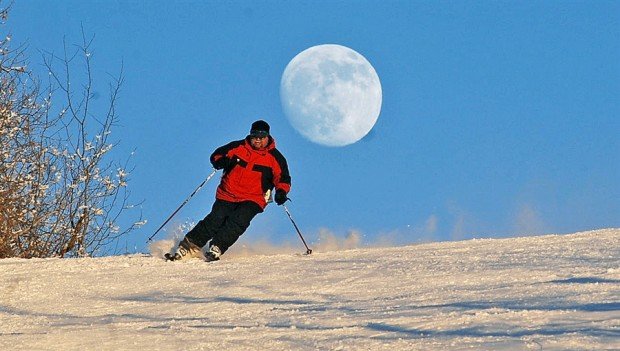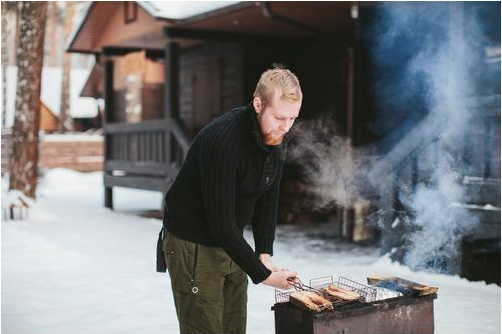Cold Climate Cooking: How to Smoke & Grill after Shredding the Slopes
After a cold day on the slopes, whether carving through fresh powder or hitting the crux of a climbing expedition, there’s nothing like a hot meal prepared fresh on the grill. But grilling in chilly mountain terrain is nothing like a summer BBQ. There’s an avalanche of factors to consider. The temperature, wind, altitude and level of precipitation all affect a grill or smoker’s performance, meaning the fruits of your grilling labor could turn out to be inedible. But there are several strategies to combat these cold complications, allowing you to enjoy some great grilling after an intense day of skiing, shredding, hiking or climbing.
Grills Take Longer to Heat Up
Scientifically speaking, when the grill’s external metallic walls are cold to the touch, they will suck up any heat that you attempt to create inside the grill’s chamber. It doesn’t matter if you have a charcoal grill, a gas grill, or a smoker, when you’re in a colder climate, the unit will take longer to heat up and it will require more fuel. Plus the simple action of combustion requires sucking cold air in to ignite, so then you have even more chilled air that needs heating. Choosing the right grill is also an important factor, and top propane grills below $500 will help you balance quality and budget.
Heat is More Difficult to Maintain
Because you essentially need to heat the walls and the chamber space, it is also going to be more difficult to get the grill to maintain the desired temperature. Make sure you take an extra tank of propane and use low-moisture lump coal to heat your unit. If you’re cooking chamber has room to do so, also try adding a few bricks to the basin to suck up and hold the heat within the interior. Then leave the lid closed! You may be tempted to check your food every other minute but resist this urge. Estimate the proper cooking time for each side of the meat you are preparing and let it go for the entire approximated time. The chances of you burning anything in very cold weather decrease dramatically.
Food Takes Longer to Cook
Though the last thing you want after an active day on the snow-covered mountain is to spend more time out in the cold, you’re going to have to accept that it’s going to take longer to prepare the food. Hot dogs, bratwurst, and fish will all cook to proper consumption temperature relatively quickly, but if you’re craving a steak or hamburger, make sure they are thinner than what you might normally prefer.
You Have to Contend with the Wind
Particularly if you are using a smoker in cold weather, carefully consider the direction of the wind. Like grills, smokers will take longer to heat up, but when they do, many smokers have a specific path of airflow. The air draws into the smoker via the firebox, crosses the cooking chamber, and then heads out the stack. Wind blowing in this same direction will cause temperature spikes and will burn more fuel, so you will have to leave the vents closed for longer periods of time. But if you move the smoker away from the flow of wind, you could end up with no heat in the cooking chamber. The best method is to to allow the wind to aid in the air flow but close the vents periodically.
Even though grilling and smoking in low temperature climates has its challenges, the payoff of a fresh, hot meal after a long day on the cold slopes is worth the extra effort.


